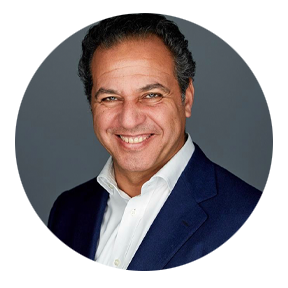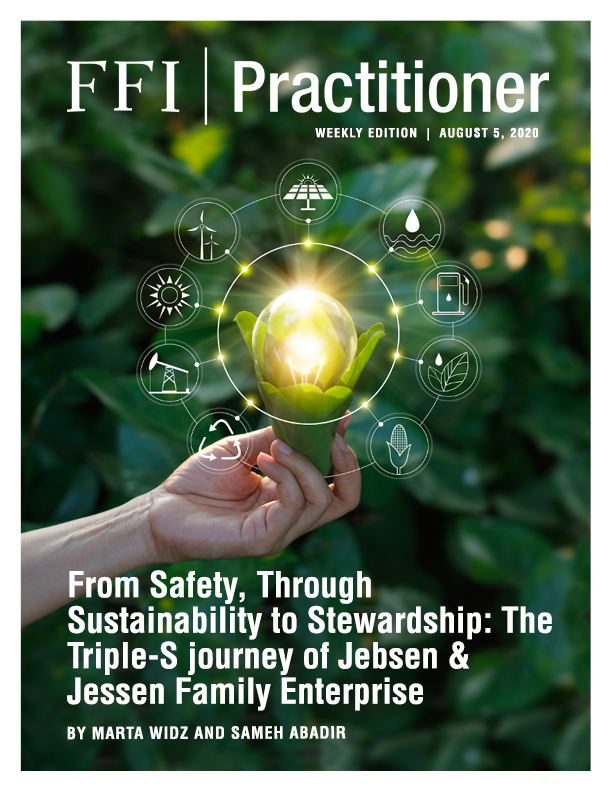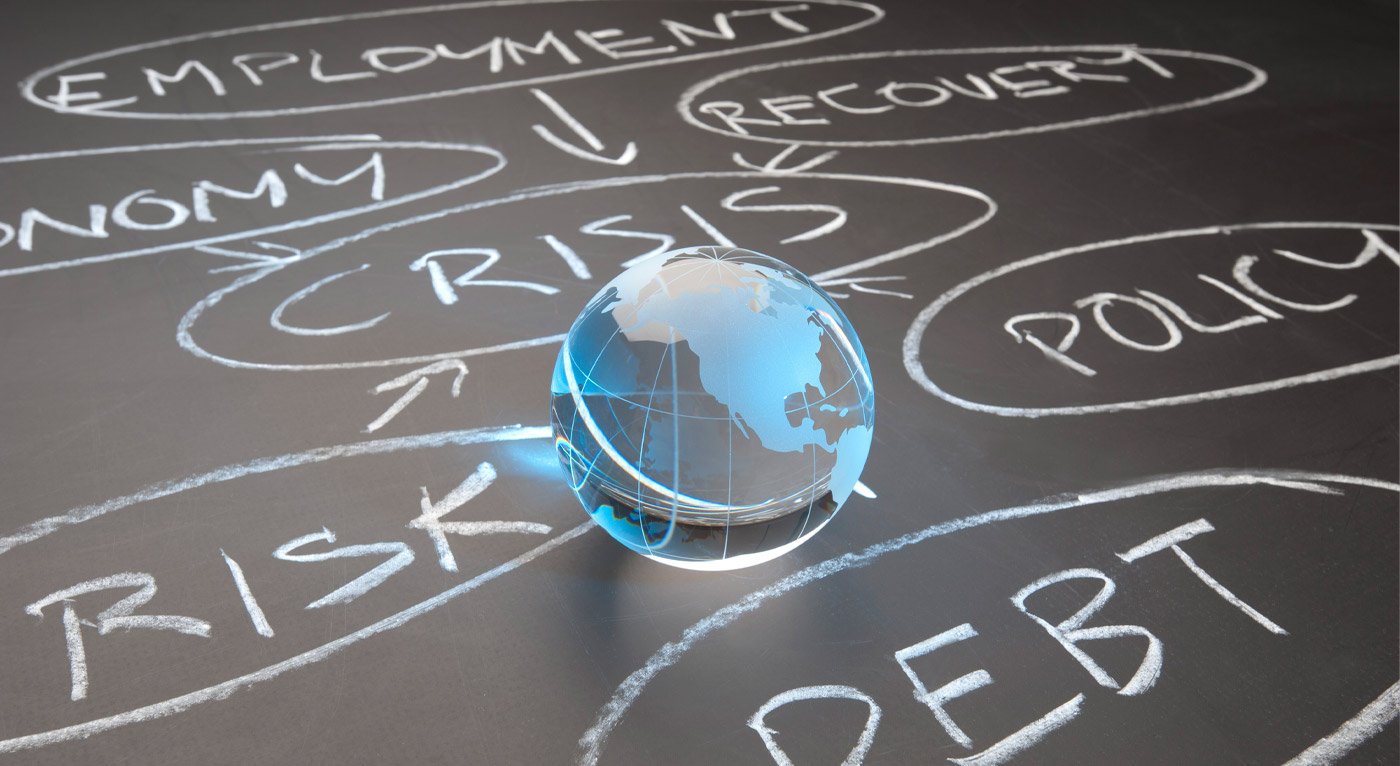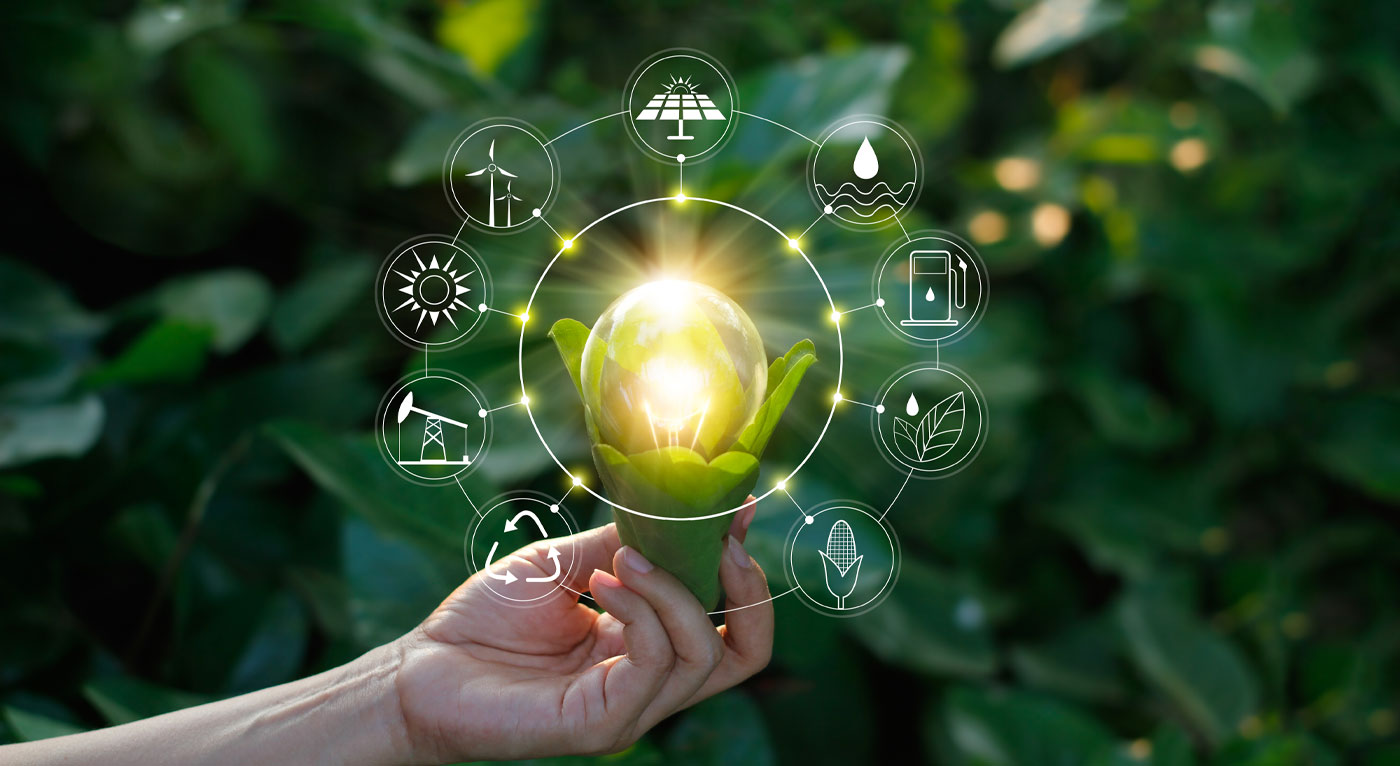
Those who would contribute to the post-COVID recovery are often long-lived family businesses, which have the capacity to embody capitalism with a human face. Skillful balancing of seemingly conflicting goals equips family businesses with an early awareness of stewardship and with an ability to behave responsibly.
Jebsen & Jessen Family Enterprise: Profile
Jebsen & Jessen Family Enterprise was founded in 1895 as a trading company when Jacob Jebsen and Heinrich Jessen, who later became brothers-in-law, left their home in modern-day Denmark and established themselves as merchants in Hong Kong. As a trading house, Jebsen & Co. initially commercialized tobacco, ginger, oils, cotton, and satin, and later entered into partnerships to trade other products such as BASF’s indigo or the Porsche cars.
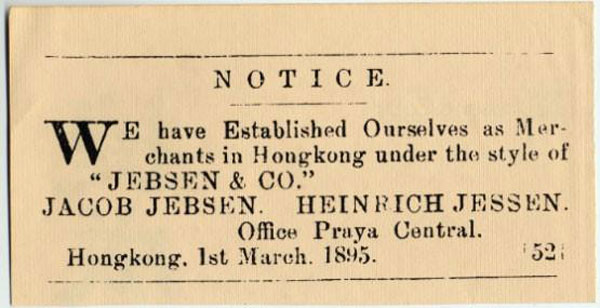
After numerous movements up and down the value chain, a powerful group—Jebsen & Jessen Family Enterprise—emerged, which today is managed and owned by the descendants of Jacob Jebsen and Heinrich Jessen. Under the leadership of the third generation’s two principal family shareholders—Hans Michael Jebsen and Heinrich Jessen—the company generated over EUR 3.1 billion in sales and employed over 7,100 people in 2019.1 Its international footprint spans 20 countries around the globe, from Europe to Southeast Asia, Australia, the Middle East, the United States, and Latin America, and the group is organized around four principal business entities: (i) Jebsen & Co., based in Hong Kong; (ii) Jebsen & Jessen Hamburg, based in Germany; (iii) Jebsen & Jessen (SEA), based in Singapore; (iv) GMA Garnet, based in Perth, Australia.
The Triple-S Journey
The success of Jebsen & Jessen Family Enterprise has its roots in the long-term responsible partnership of the two families—the Jebsens and the Jessens. “Shared values are paramount to our relationship,” underlines Hans Michael Jebsen. Those values have always included the love of nature and respect for the environment, which was the base of the early awareness of the stewardship concept. Heinrich Jessen reflects on it: “The interest in the environment had always inherently been there. I grew up in Europe in nature, took walks in the forests and worked on farms very often. I see the same love for nature in Hans Michael Jebsen and in previous generations as well.”
Sidebar
Safety
Building on this early awareness and the notion of responsibility, the company started its journey towards stewardship when it appointed the first Environment, Health and Safety (EHS) manager of Jebsen & Jessen (SEA) in 1995. It was Heinrich Jessen, the third-generation leader, who took this role with a vision to combine the environment and business. A tropical biologist by training, a graduate of an industrial environmental management program from Yale, he first worked at the World Wildlife Fund in Italy and then on a rain forest project in Papua New Guinea. In his new role, Heinrich Jessen saw lots of “low hanging fruits” and focused first on ensuring health and safety compliance across the group, for example by introducing proper storage methods, including segregation, isolation, separation, as well as emergency response, and prevention plans in the group’s chemicals distribution business. Prior to his appointment, for example, tons of sodium cyanide were stored in the vicinity of food ingredients. Even though it was not uncommon in the region and not against any law, Heinrich Jessen knew that this might cause contamination in case of spills or explosions.
The EHS program demonstrated its economic impact in the form of lower insurance premiums upon instituting various risk-mitigating procedures, such as fire-prevention systems, and in attracting increasingly EHS-minded chemical companies to work with Jebsen & Jessen (SEA) as their distributor.
“It was a great success. Numerous other EHS initiatives ensued afterwards and Jebsen & Jessen (SEA) became one of the first industrial companies in the ASEAN region to implement rigorous EHS protocols and to have all its member companies ISO 14001 and OHSAS 18001 certified2 in the late 1990s”
— Heinrich Jessen
Sustainability
Integrating business and the environment—Heinrich Jessen’s dream for over 25 years—became an inherent part of the business culture and business model when Jebsen & Jessen Family Enterprise stepped into the broader sustainability agenda.
Jebsen & Jessen (SEA) was the first industrial company in Southeast Asia to employ a full-time Carbon Neutrality (CN) executive and the first to achieve full carbon neutrality in 2011. Since then, it has offset more than 400,000 tons of CO2 and has continuously monitored carbon levels with the help of tools developed in-house. Jebsen & Co. achieved carbon neutral status in 2013. One project involved collaborating with GE Jenbacher to deliver to the Hong Kong government the first high-voltage, biogas-fueled combination heat and power (CHP) generator, which has led to annual energy savings of HKD 7 million.
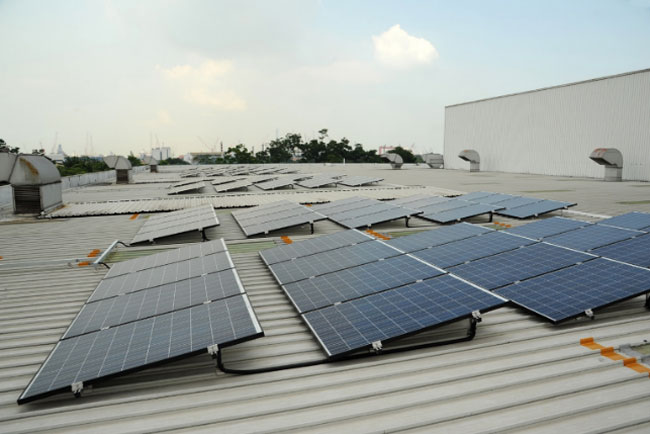
Jebsen & Jessen Family Enterprise analyzed every business in its portfolio and turned threats related to sustainability into business opportunities. For example, Triton Textile—a business unit that provides textile and apparel merchandising services—focused on social auditing, since textile production and merchandising of garments are too often associated with child labor and many poor practices, and now qualifies, among hundreds of potential suppliers, as one that meets the strict standards of the end customers.
These sustainability initiatives built the momentum needed to embrace the stewardship. The most spectacular social innovation was to come: the circular business model at GMA Garnet.
Stewardship
Garnet—a natural mineral product belonging to a group of silicate minerals—is known for its hardness, toughness, and density, making it an exceptionally efficient and effective industrial abrasive with excellent cutting capabilities.3 Torsten Ketelsen discovered the pinkish-tinted almandine garnet in Australia in the 1980s and started to create a market for it by developing over 40 new applications of garnet. GMA Garnet’s history had been deeply intertwined with that of the Jebsen & Jessen Family Enterprise since 1991, when a joint venture with Torsten Ketelsen was formed, followed by a gradual integration of the GMA Garnet into the Jebsen & Jessen Family Enterprise’s portfolio.
Similar to the Jebsen & Jessen Family Enterprise’s history, which started as a trader and moved up and down the value chain, GMA Garnet also started as a trader and later stepped into the journey of a full vertical integration. In the first step, it made a bold entrepreneurial move up the value chain and purchased several mining activities in Australia, the US, and South Africa. In the second step, it took an uncalculated entrepreneurial risk and sailed uncharted waters, moving down the value chain and introducing to the market services never heard of before: garnet recycling.
“The garnet recycling was driven by our entrepreneurial curiosity”
— Hans Michael Jebsen
“When I started the recycling concept 20 years ago, everyone said I was crazy to promote recycling because we would sell less virgin garnet. Instead, in the long run, the customer base has increased greatly due to the additional product value and cost savings for the customers”4
— Torsten Ketelsen
With the addition of garnet recycling, GMA Garnet’s business model became circular, and showed strong environmental, health, and safety credentials in the entire value chain, from mining (where it implemented exceptional mining, waste, and land management standards, exceeding Australian environmental compliance), through processing and up to reprocessing and recycling.
GMA Garnet’s social innovation of a circular business model has become a role model within the Jebsen & Jessen Family Enterprise, illustrating how responsible leadership could pioneer a stewardship strategy within the industry.
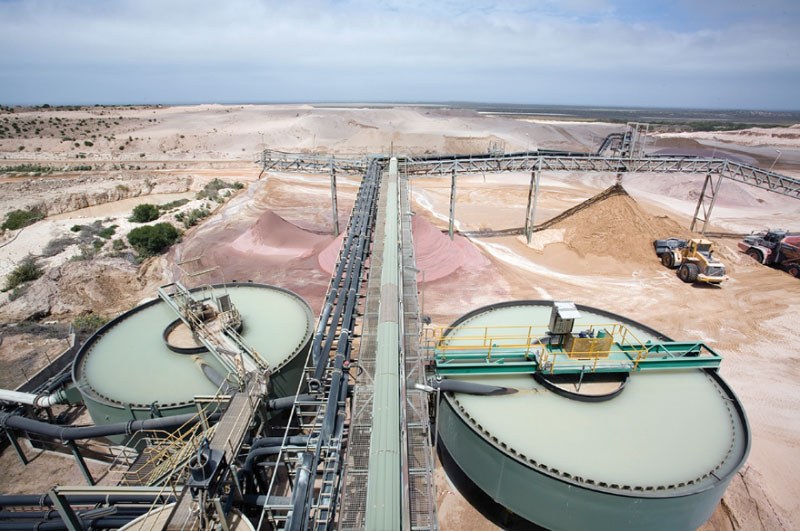

The Jebsen and Jessen Story Continues
One hundred twenty-five years after the creation of the first company, an unbroken chain of three generations has been committed to ensuring the founders’ legacy of connecting East and West5. The Jebsen & Jessen Family Enterprise continues on its mission to build a sustainable business and preserve its entrepreneurial spirit6. Jebsen & Jessen Family Enterprise was the well-deserved winner of the IMD Global Family Business Award in 2016.
Even though family businesses have a natural flair to embrace the stewardship, sustainability journeys similar to the Jebsen & Jessen Family Enterprise can be witnessed in other industries:
“In the finance industry, the sustainability journey has had three phases. The first phase was driven by investment policies focused on exclusion, to dissociate from perceived controversial activities. Then we developed more of a risk management approach trying to assess potentially negative impacts of environmental and social factors on investments.” — Marie-Laure Schaufelberger, Head of Group ESG & Stewardship at Pictet.
References
1Jebsen & Jessen Family Enterprise web page: https://www.jebsenjessenfamilyenterprise.com/about-us/
2The ISO 14001, International Organization for Standardization, certifies that the company designs and implements an effective environmental management system (EMS) and that its environmental impact in operations, such as adverse changes to air, water, or land, is being measured and improved. The OHSAS 18001, Occupational Health and Safety Assessment Series, certifies that the company designs and implements an effective occupational health and safety management system (OHSMS) and that it strives to ensure safety internally in the workplace by getting both workers and management involved in risk reduction.
3Garnet scores 7.5 to 8 on the Mohs scale, on which the hardest mineral, diamond, scores a perfect 10. Unlike diamond, which is friable, garnet is very tough, and does not break down on impact. Garnet is also very dense: the specific weight of garnet is 4.1, which means it is over four times heavier than water. These three characteristics—hardness, toughness, and density—make garnet a very effective abrasive.
4“GMA Garnet.” Business First magazine. 2015. http://www.businessfirstmagazine.com.au/torsten-ketelsen-gma-garnet-group/11738/
5Jebsen & Jessen (SEA): www.jjsea.com
6Jebsen & Jessen (SEA) web page: https://www.jjsea.com/about-us/our-history/

